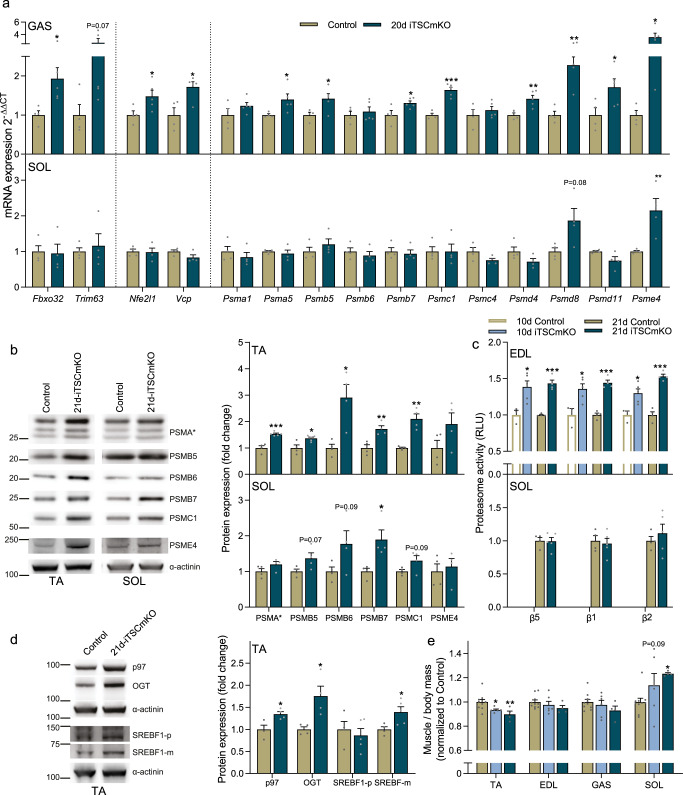Fig. 2. Acute TSC1 depletion rapidly activates the UPS in adult fast-twitch muscle.
a RT-qPCR measures of mRNA expression for E3 ligases, Nrf1-related genes and selected proteasome subunits after 21 days of Tsc1 deletion in gastrocnemius (GAS; upper panel) and soleus (SOL; lower panel). b Representative Western blots (left) and quantification (right) of 26S proteasome subunits and its activator in tibialis anterior (TA; upper) and SOL (lower). c Luciferase-based peptidase activity of 20S proteasome catalytic enzymes after 10 and 21 days recombination of floxed Tsc1 alleles in extensor digitorum longus (EDL; upper) muscle and after 21 days recombination in SOL muscle (lower). d Representative Western blots (left) and quantification (right) of Nrf1 and its regulators in TA muscle. e muscle mass after 10 and 21 days recombination of floxed Tsc1 alleles. Muscle mass of TA, EDL, GAS, and SOL was averaged across both limbs, normalized to body mass and then to control. Tubb or Actb were used as reference genes (a), while α-actinin was used as a protein loading control (b, d). For a, b, d, n = 4–5. For (c), n = 3–5. For e, n = 10 (Control), 6 (10d-TSCmKO) and 4 (21d-TSCmKO). Data are presented as mean ± SEM. Two-tailed Student’s t-tests (a–d) or one-way ANOVAs (e) with Fishers LSD post hoc tests were used to compare the data. *, **, and *** denote a significant difference between groups of P < 0.05, P < 0.01, and P < 0.001, respectively. For trends, where 0.05 < P < 0.10, p values are reported.

